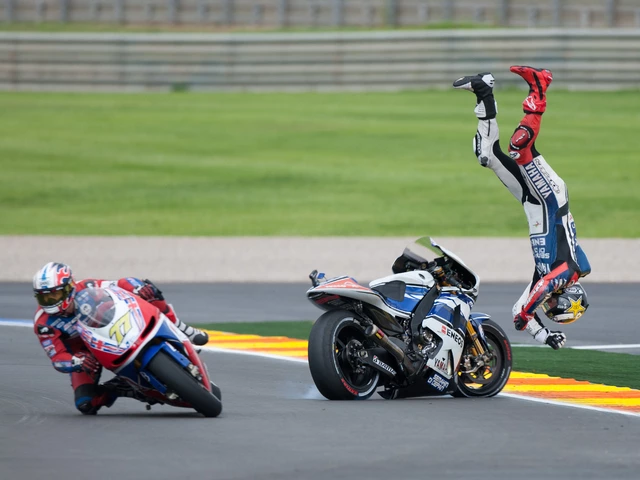Aerodynamics in Motorsports: Why It Matters
When you hear the roar of a race car, the first thing that comes to mind is power. But power alone won’t win you a race. The way air moves around a car can add seconds or take them away. That’s what aerodynamics is all about – shaping airflow to get more grip, less drag, and faster lap times.
Downforce: Turning Air into Grip
Downforce is the force that pushes a car onto the road. Imagine a spoiler or a wing acting like a giant hand that squeezes the car down at high speed. The more downforce you have, the better the tires stick to the tarmac, and the later you can brake without sliding. Teams spend countless hours tweaking wing angles, under‑body tunnels, and diffusers to hit the perfect balance between straight‑line speed and cornering grip.
Too much downforce can slow you on the straight, because the car has to push more air around. That’s why racers often have adjustable wings – they can dial them in for a track with many corners and open them up for a fast, low‑drag circuit.
Drag Reduction: Cutting Through the Air
Drag is the resistance you feel when you push a bike through water. In a race car, it’s the push‑back from air that slows you down. Reducing drag means you can hit higher top speeds with the same engine power. Simple tricks like smoothing the car’s surface, sealing gaps, and adding vortex generators help the air flow cleanly over the body.
One popular tool is the DRS (Drag Reduction System) used in Formula 1. When a driver is within a second of the car ahead, a flap on the rear wing opens, shaving off drag and giving a short burst of speed for overtaking. Similar concepts appear in other series, like adjustable rear wings in IndyCar and active aero on some sport‑scar prototypes.
Understanding aerodynamics isn’t just for the elite teams. Even amateur racers can benefit from basic changes – a well‑shaped front splitter, a clean rear diffuser, and a low‑profile roof can shave valuable tenths off lap times.
So, how does a fan use this knowledge? When you watch a race, look for how cars handle corners versus straights. Notice the wing positions after pit stops, or listen for the whine of airflow when a driver activates a drag‑reduction device. Those small details tell the story of physics at work.
In short, aerodynamics is the hidden hand that turns raw engine power into real speed on the track. Whether you’re a fan, a club racer, or just curious, paying attention to downforce and drag will give you a deeper appreciation for what makes those machines fly around the circuit.
What is slipstreaming in MotoGP?
Slipstreaming is a common racing technique used in MotoGP. It involves one rider using the slipstream of another to reduce wind resistance and increase their speed. It is especially useful on long straights, where it allows riders to gain an advantage over their competitors. This technique can also be used defensively, as it can be used to prevent other riders from overtaking. Slipstreaming requires a high level of co-ordination between riders and can be a dangerous manoeuvre if it is not done properly.





